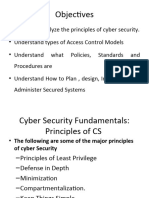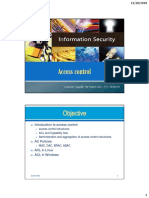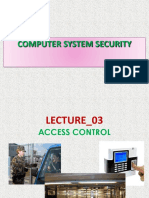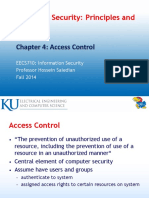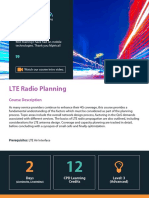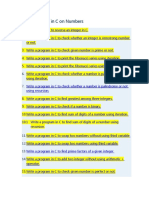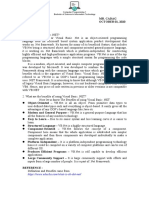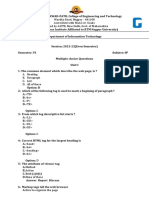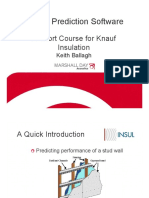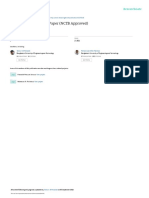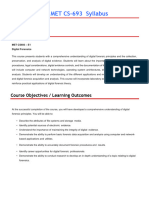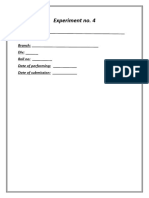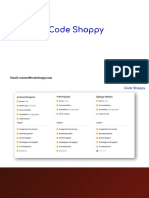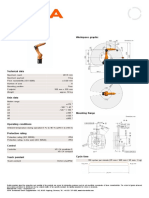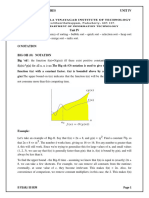0% found this document useful (0 votes)
34 views6 pagesAccess Control
Access control is a security technique that regulates who can access resources in a computing environment, involving concepts like subjects, objects, and access operations. It includes various models such as Mandatory Access Control (MAC), Discretionary Access Control (DAC), Role-Based Access Control (RBAC), and Attribute-Based Access Control (ABAC), each with distinct characteristics and applications. Key practices include implementing Multi-Factor Authentication (MFA) and the Principle of Least Privilege (PoLP) to enhance security and mitigate risks.
Uploaded by
a.mgndiaCopyright
© © All Rights Reserved
We take content rights seriously. If you suspect this is your content, claim it here.
Available Formats
Download as PDF, TXT or read online on Scribd
0% found this document useful (0 votes)
34 views6 pagesAccess Control
Access control is a security technique that regulates who can access resources in a computing environment, involving concepts like subjects, objects, and access operations. It includes various models such as Mandatory Access Control (MAC), Discretionary Access Control (DAC), Role-Based Access Control (RBAC), and Attribute-Based Access Control (ABAC), each with distinct characteristics and applications. Key practices include implementing Multi-Factor Authentication (MFA) and the Principle of Least Privilege (PoLP) to enhance security and mitigate risks.
Uploaded by
a.mgndiaCopyright
© © All Rights Reserved
We take content rights seriously. If you suspect this is your content, claim it here.
Available Formats
Download as PDF, TXT or read online on Scribd
/ 6


































